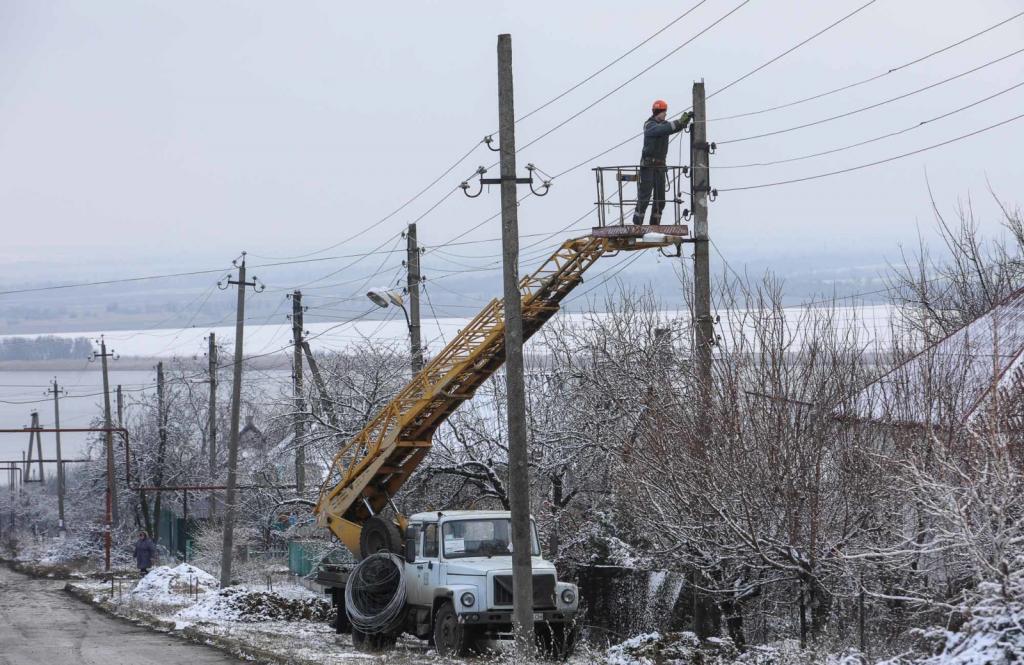The recovery of the cost of electricity that was consumed, but not paid on the basis of the contract, was carried out in 1997-1998 on the basis of Information letters of the Supreme Arbitration Court of the Russian Federation No. 14 and No. 30. These provisions are used today. They say that even in the absence of a contract with the consumer, the latter is not exempted from the obligation to pay for energy consumed if its installations were connected to a common network.
In 2003, the Law on Electricity No. 35-ФЗ was adopted, in connection with which the regulatory structure has undergone some changes. But the concept itself appeared only in 2012 after the publication of the Government Decree “On the functioning of the retail electricity markets, full or partial restriction of the regime with unconditional electricity consumption”. Decree No. 442 became a priority document. On its basis, norms are applied to regulate relations in retail markets of appropriate capacity.

What does it mean and which actors are involved in the process?
The concept of non-contractual electricity consumption means the unauthorized connection of relevant devices to certain objects and / or use without a contract, in accordance with which the sale of electric energy is provided. Exceptions are cases when consumption is carried out for two months, counting from the date when the guaranteeing supplier received electricity to serve consumers.
Here you need to figure out who the guaranteeing supplier is. This is an organization for the supply or sale of electrical energy. It provides information about consumers with whom the relevant contracts were concluded or terminated to the network organization. This process is carried out in order to identify cases of non-contractual electricity consumption.
Entities in the energy sector include organizations that provide electricity to consumers, including guaranteeing suppliers, as well as network organizations. They verify compliance with the requirements of the law by consumers, the procedure for accounting for electric energy, the terms of contracts for the supply of appropriate capacities, agreements for the provision of services for their transfer, carry out operational dispatch control and identify violations.
Calculation of the cost of power of the volume that was identified as unconditional electricity consumption is carried out by the grid organization to which devices for receiving energy from persons consuming it in an unconditional order are connected. This company also exacts money. The documentary basis is the act of unaccounted electricity consumption.
Calculation principles (price zones of the wholesale market)
The price for the volume of non-contractual electricity consumption for all the time in those territories that are united in the price zones of the wholesale market are considered at an unregulated cost. It is determined for the estimated time period about which the corresponding act is drawn up. This amount consists of various components, in particular:
- The average unregulated cost in the wholesale market, which is determined as a result of day-ahead selections in order to achieve balance of the system by the commercial operator for the past estimated time, in relation to which it has been officially established and published.
- Multiplication of the payment coefficient (which has a value of 0.002824) and the average unregulated cost for capacity in the wholesale market for the last estimated time, in relation to which it is officially established and published.
- Tariff for power transmission at a certain degree of voltage.
- Supplier Guarantee Allowance.
- Surcharge for other services that are an integral part of the process of supplying electric energy.
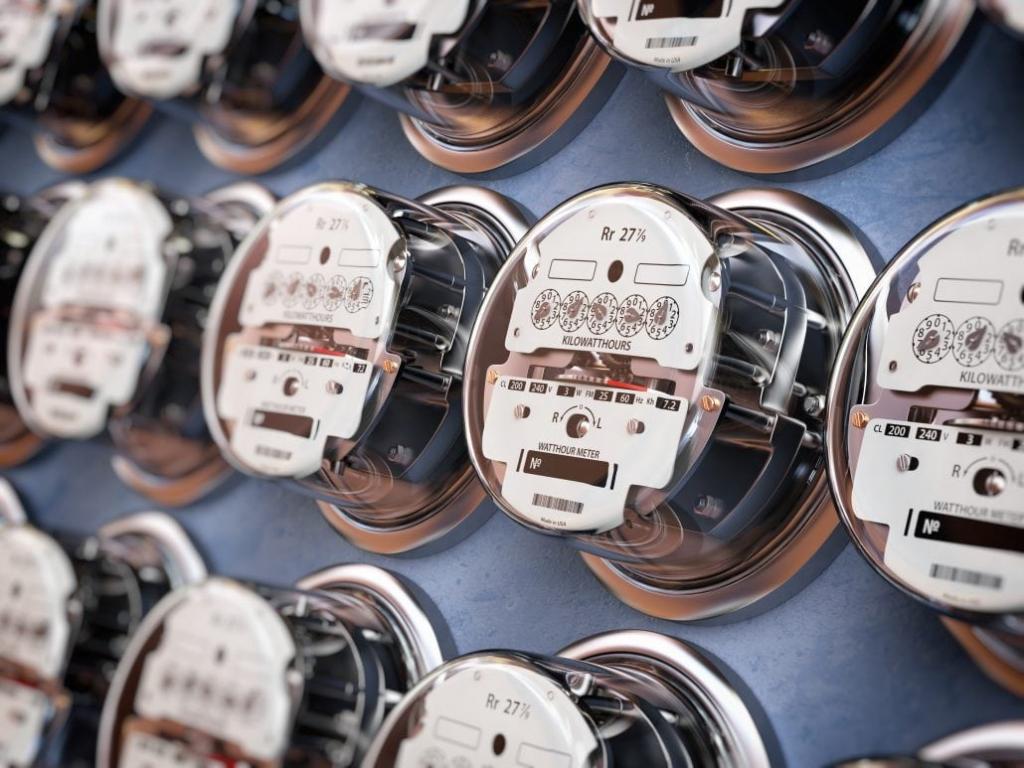
Calculation principles (non-price zones of the wholesale market)
The calculation of prices for the volume of consumption for all time in territories that are combined into non-price zones of the wholesale market is carried out at a regulated cost. It is determined for the estimated time period, which is an act of non-contractual consumption of electricity. Moreover, the total amount consists of certain components, in particular:
- The average regulated cost of electricity in the wholesale market, which is determined by the appropriate commercial operator for the supplier of guarantee, that is, the organization for the sale and supply of energy. It is obtained on the basis of calculating the cost of planned volumes of power consumption per hour and the price of deviations for its actual use from planned volumes for the last estimated period of time.
- The multiplication of the payment coefficient of electric energy (which has a value of 0.002824) and the average regulated cost in the wholesale market, which is set by the appropriate commercial operator for the guaranteeing supplier for the last period of time to be calculated. This amount is set and published officially.
- The cost of electricity, which is purchased by a guaranteeing supplier in the retail market. It is established by this organization.
- Tariff for power transmission at a certain degree of voltage.
- The premium of the guaranteeing supplier responsible for the territory where the receiving devices are located.
- Payment for other services that are inseparable parts of the power supply process for the last estimated time during which it is installed and published by the relevant operator officially in the order of non-contractual electricity consumption (by Decree No. 442).
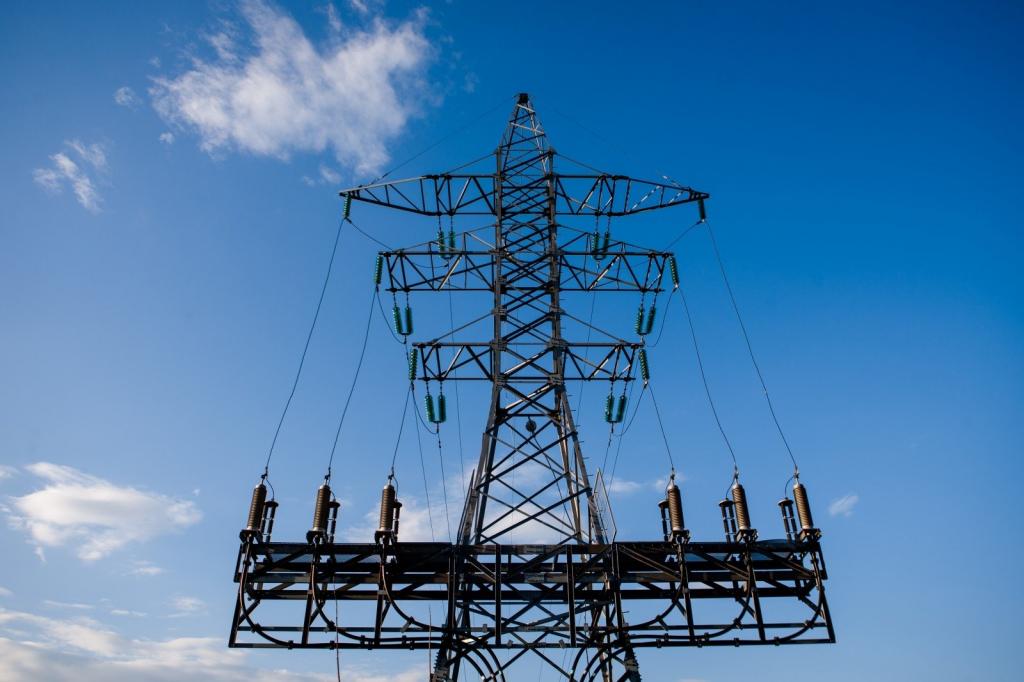
Calculation principles with entities not related to the Unified Energy System
The calculation of the price of the volume of power consumption for the whole time in the territories of isolated systems with electric energy and in places that are not technologically combined with the Unified System is carried out as follows. The installed volume is multiplied by a factor equal to 1.5 of the value calculated recently, and about which an act of non-contractual electricity consumption has been drawn up. Moreover, they are based on tariffs, which have different values depending on the time of day (3 modes) and are set by the regional executive authorities. The calculation includes tariffs for the zones of the day during peak hours, for the transfer of power of a certain degree of voltage, the premium of the guaranteeing supplier and other services that must be provided in the process of supplying electricity to consumers.
The Basics of Introducing a Complete Restriction
If the fact of non-contractual consumption of electricity by an individual or legal entity is revealed, a regime of full restriction of power consumption in the manner established by law will be introduced in relation to them. In this case, a corresponding act is drawn up, which indicates the time and date of the introduction of the full restriction mode, as well as a description of the devices receiving power.
This mode is activated immediately after the identification of the relevant facts. But if you need to carry out additional activities - no later than three days after the discovery of the offense.A different procedure applies to the identification of such a fact in relation to a person who has entered into and is executing an agreement on the supply of electricity with a company that does not have the right to dispose of this capacity. Then the corresponding mode is introduced one month after the person is notified through the network organization.
The regime for the complete restriction of power consumption, which was introduced when violations were discovered, can be canceled after a person pays for the electricity used, and also signs the contract in the manner prescribed by law.
Identification of documents
If a violation is discovered, the network organization draws up an act of non-contractual electricity consumption (a sample of which is presented below). After drawing up within three days, it is transmitted:
- A guaranteeing supplier that provides customer service.
- The person in respect of whom a corresponding violation has been identified.
During inspections of metering devices, the fact of non-contractual electricity consumption can be detected. Decree No. 442 states that if the guaranteeing supplier performed the audit and the network company was not present, the act is drawn up and sent within three days to this organization as well.
The following information should be included in the document:
- Who fulfills the unconditional and neglected consumption of electric energy.
- The address where the violation was detected.
- About metering devices that were installed at the moment when the act was drawn up.
- The previous date for the relevant audit.
- Explanations of a person who consumed electricity without concluding a contract.
- Remarks to the act, if any.
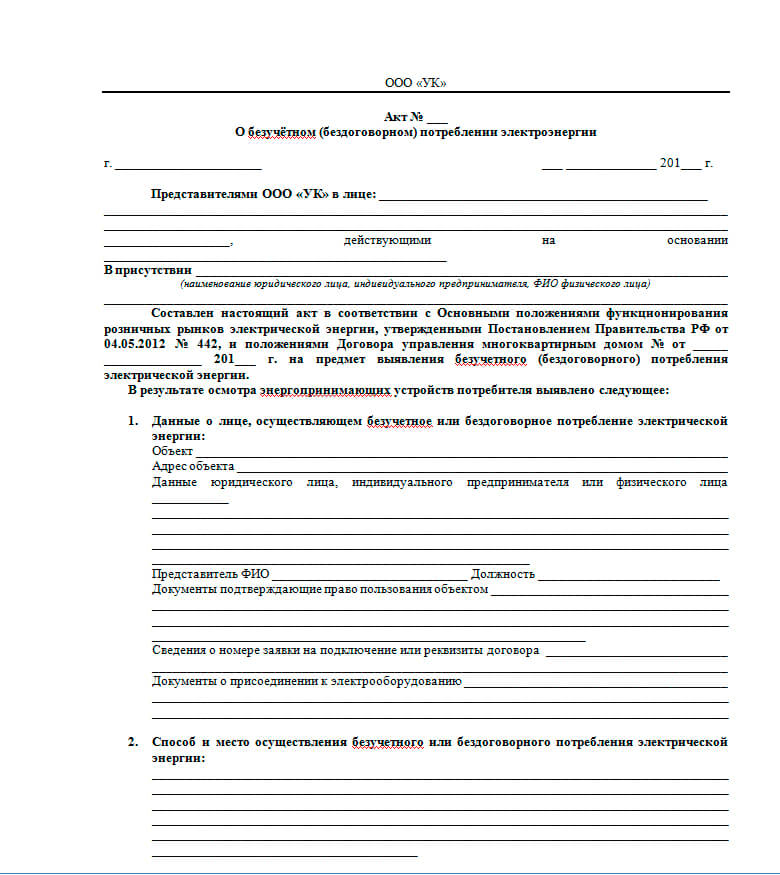
At the time of drawing up the act, the consumer or another person who used the power on a non-contractual basis must be present. If this person refuses to sign the act or be present at its preparation, the fact should be indicated, as well as the reasons for the refusal. At the same time, there should be two disinterested persons who can confirm this.
Volume calculation
Within two days after drawing up the relevant act, the grid company must calculate the non-contractual electricity consumption. It is carried out on the basis of materials obtained as a result of verification activities. The corresponding volume is calculated for the whole time when the power consumption was performed. At the same time, the maximum period for which funds can be collected is three years.
This period is established from the date when the previous check of the condition of metering devices was carried out at the address where the fact of violation was subsequently revealed, and ends with the date when it became known about it and the corresponding act was drawn up. The price of electric energy is set on the basis of current tariffs.
The network company generates accounts where the price of power of the entire volume of non-contractual consumption is indicated, as well as the calculation made in connection with this. The invoice is sent to the offender in such a way that the fact of receipt of the document can be documented. After this, the person is given 10 days, during which he must pay.
In case of refusal, a non-contractual electricity consumption is collected in the form of unjust enrichment in respect of a person. The basis for this is the act drawn up earlier, as well as the invoice.
If another owner of the metering device reveals the fact that devices for receiving power were connected to it by a person who consumed electric energy on a non-contractual basis, he should draw up an appropriate act and calculation. Based on these documents, he will be able to recover funds in the same manner in which this is done by the network organization.
The issue is resolved by paying for consumed power and concluding a contract. However, if a person refuses to pay, you have to contact the court. Below we consider several cases of how cases of unconditional electricity consumption in judicial practice are considered. It will be about connecting networks to provide street lighting, an apartment building, a non-residential building, as well as about idling equipment.
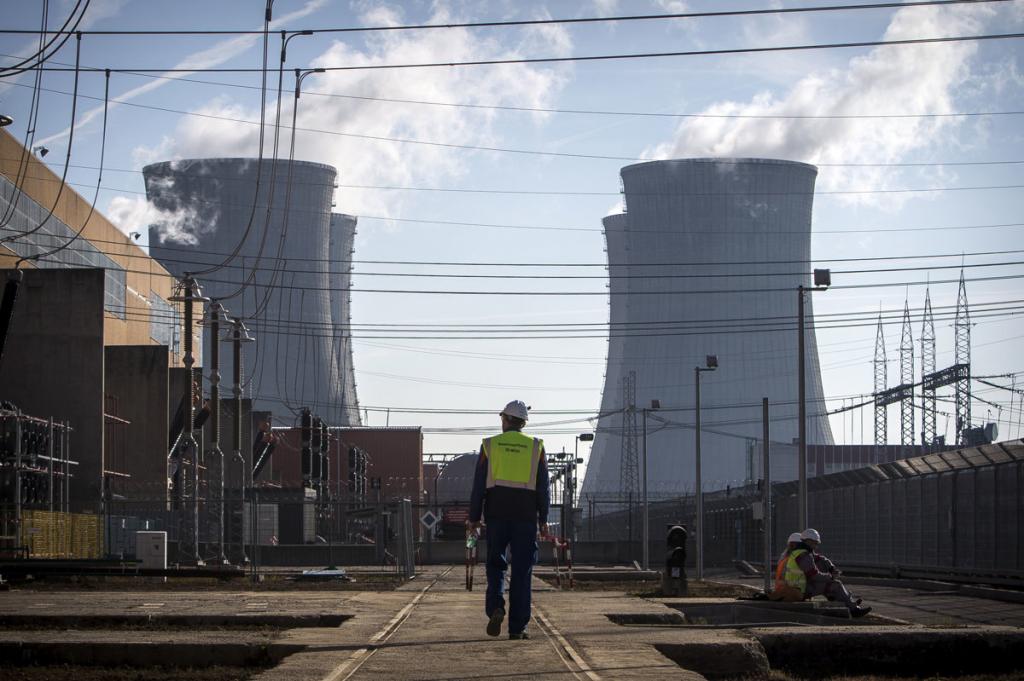
Example: about street lighting
The grid company filed a lawsuit in the court on imposing liability for unconditional electricity consumption in the form of a collection of the set amount to the village leadership. During the checks, the use of power for street lighting of villages on a non-contractual basis was revealed, as well as a violation of technological standards on the connection of devices that receive energy. In this regard, acts were drawn up.
The court satisfied the plaintiff’s claims, but partially, based on the provisions of Articles 152, 153, 155 and 156 of Government Decision No. 530 “On Approving the Regulations for the Functioning of Retail Electricity Markets”, Art. 14 of the Law "On the General Principles of the Organization of MS in the Russian Federation" No. 1 31-ФЗ, as well as the drawn up act. In total, 3 acts were submitted with the statement of claim. However, two of them lacked consumer signatures. Because of this, the court refused to satisfy the claims on their basis.
The plaintiff filed an appeal, and the court recognized the acts as complying with the requirements of the law. Therefore, the plaintiff's claims were satisfied in full. The defendant later filed a cassation appeal. However, this court upheld the decision of the court of appeal.
Example: on street lighting and changes in court decision by the cassation court
The network organization filed a lawsuit against the administration of the settlement to recover the cost and the penalty for unconditional electricity consumption in connection with the revealed connection of the street lighting line. The court did not satisfy the lawsuit. The basis was errors in the preparation of the act. It did not have the signature of the corresponding power consumer. The court explained the decision by the fact that the company did not prove the presence of an uncontracted consumer of electric energy in the preparation of the relevant act. The fact that the consumer or his representative refused to sign this document was also proved.
The case was sent to the cassation court. He quashed the decision of the trial court, justifying it by the fact that the acts were recognized as improper evidence in the case unlawfully. Despite the fact that they were compiled in the absence of the consumer himself, they have signatures of two disinterested persons.
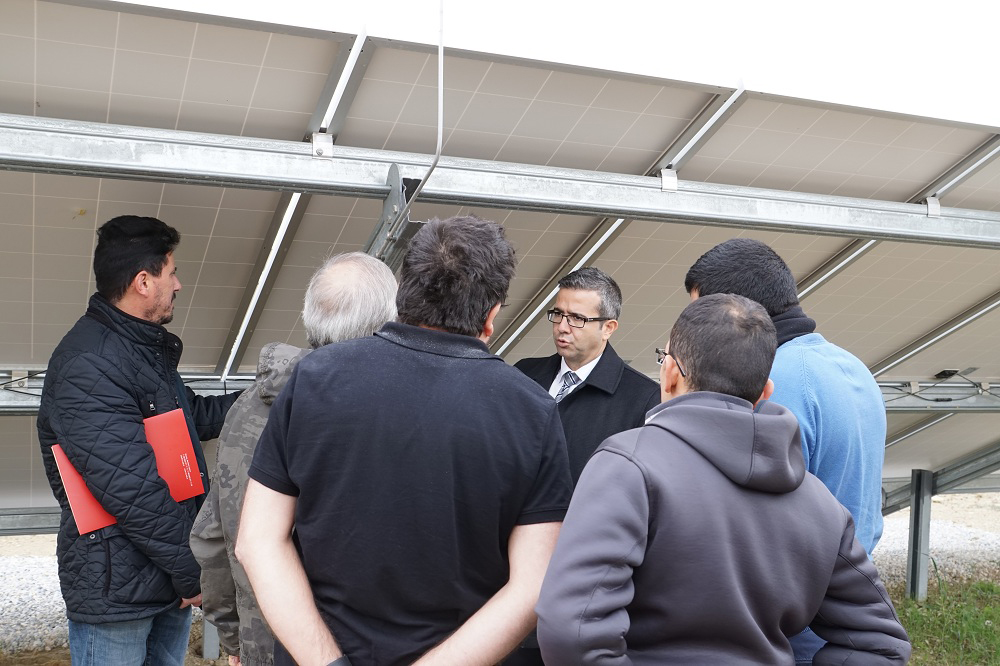
Example: on the connection of electric networks to MKD
The statement of claim was filed with the Criminal Code. It follows from the case materials that an apartment building was connected to the networks of the network company. Utilities were provided by the management company. The audit showed unconditional electricity consumption. The representative of the Criminal Code signed the act.
It was established that no agreement was concluded with the Criminal Code, and the tenants did not pay for the used capacities. The court considered the plaintiff’s claims legitimate and satisfied them in full, and imposed a fine on individuals who unconditionally consumed electricity. An appeal was filed. However, this instance agreed with the decision of the trial court.
Example: on joining a private owner’s network
The owner of the device for receiving electrical energy installed in a non-residential building, went to court in connection with the unconditional consumption of electricity. According to the contract that the plaintiff concluded with the supply company, he is a subscriber to receive the power entering the corresponding building. But it belongs to another owner, who, according to the plaintiff, is connected to a device that receives energy.
However, in the course of the proceedings, it was established that the defendant also had an agreement with the power supply company, and he paid in accordance with this document. The court rejected the plaintiff's claims, as it was established that the defendant had its own metering devices, which served to provide electricity only to the premises that belonged to him.

Example: lawsuit against the municipality for idling equipment
The practice of unconditional consumption of electricity may also apply to cases of unintentional consumption. This is evidenced by the following example.
The network company filed a lawsuit against the municipal authority. It follows from the case materials that as a result of checking the technical condition of the transformer stations, it turned out that they were energized in working condition and were idling. Thus established the fact of non-contractual consumption of electricity. An act was drawn up about this and calculation was made.
The court satisfied the plaintiff's claims on the following grounds. It was established that the municipality is the owner of the transformer stations, therefore responsibility for the maintenance of the property is imposed on it. The defendant is obliged to pay the cost of losses that appear at the electric grid facilities owned by him. This is stated in article 26 of the Law on Electricity. The calculation was carried out by using the RTP-3 software device, which is certified for the calculation of the rationing of energy consumption and is able to consider losses due to idling. Other components were not included in the calculation. At the same time, the tariffs that were valid for this consumer category were taken into account. The defendant, in turn, did not submit a counter-calculation.
Conclusion
As can be seen from the above, the main document regarding non-contractual electricity consumption is Decree No. 442. However, when considering cases in court, the norms of other laws, decrees and other legal acts are used depending on specific circumstances. In most cases, if the non-payer agrees to pay the consumed electricity, there will be no problem. However, its failure can lead not only to a power outage, but also to financial sanctions.
